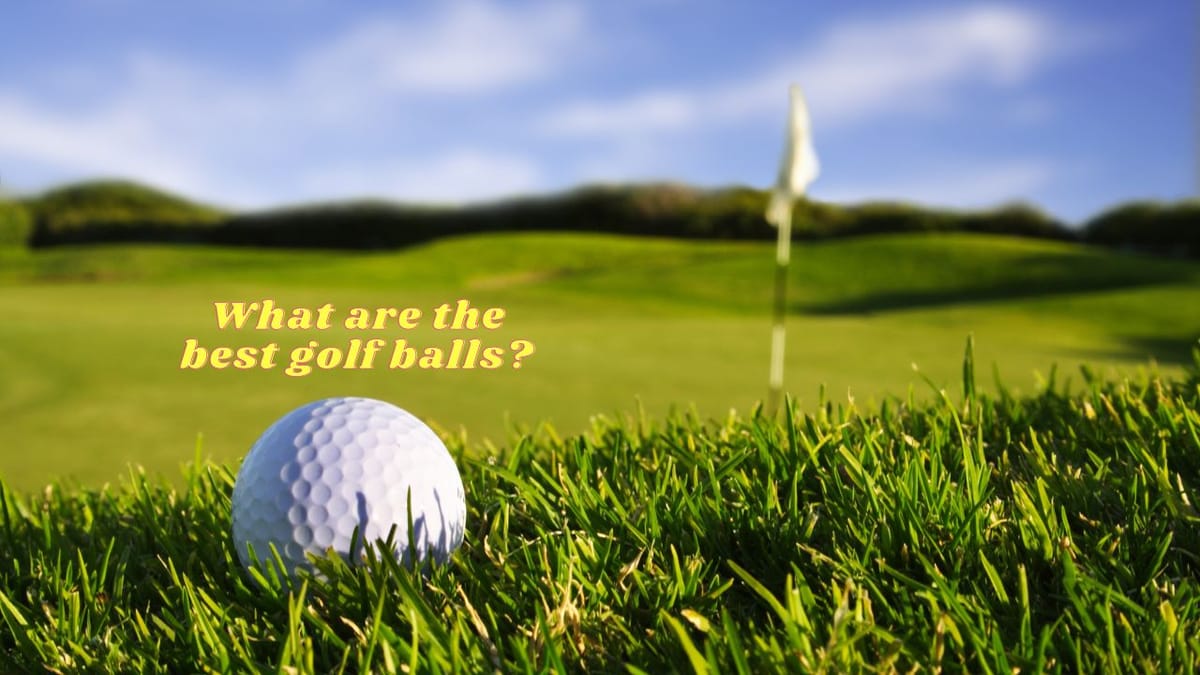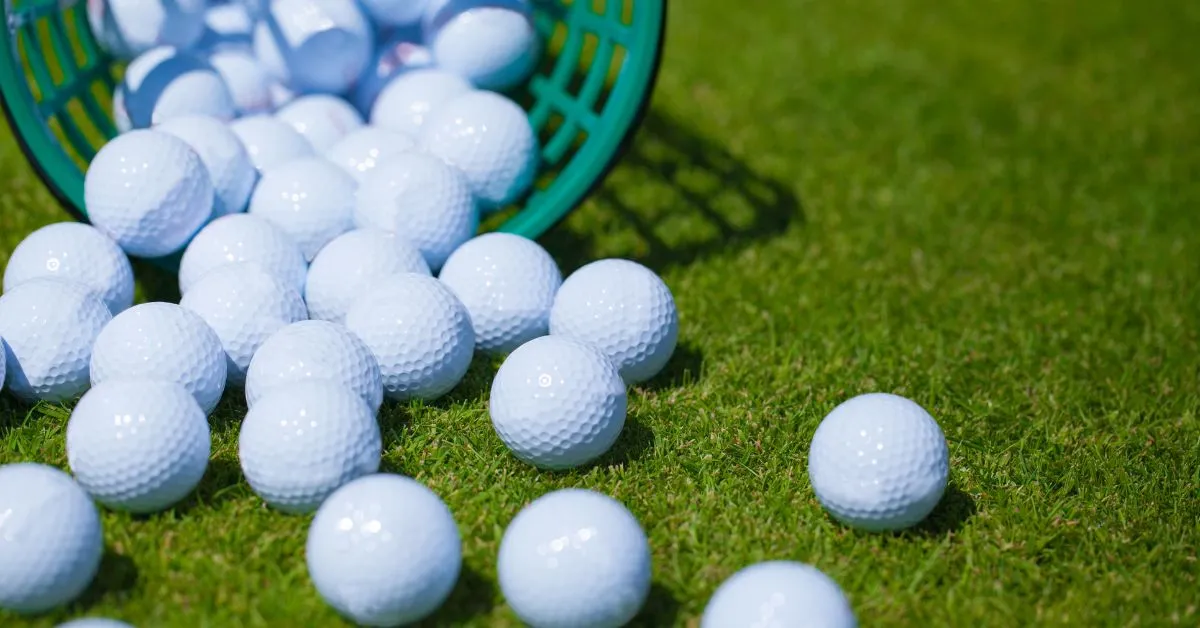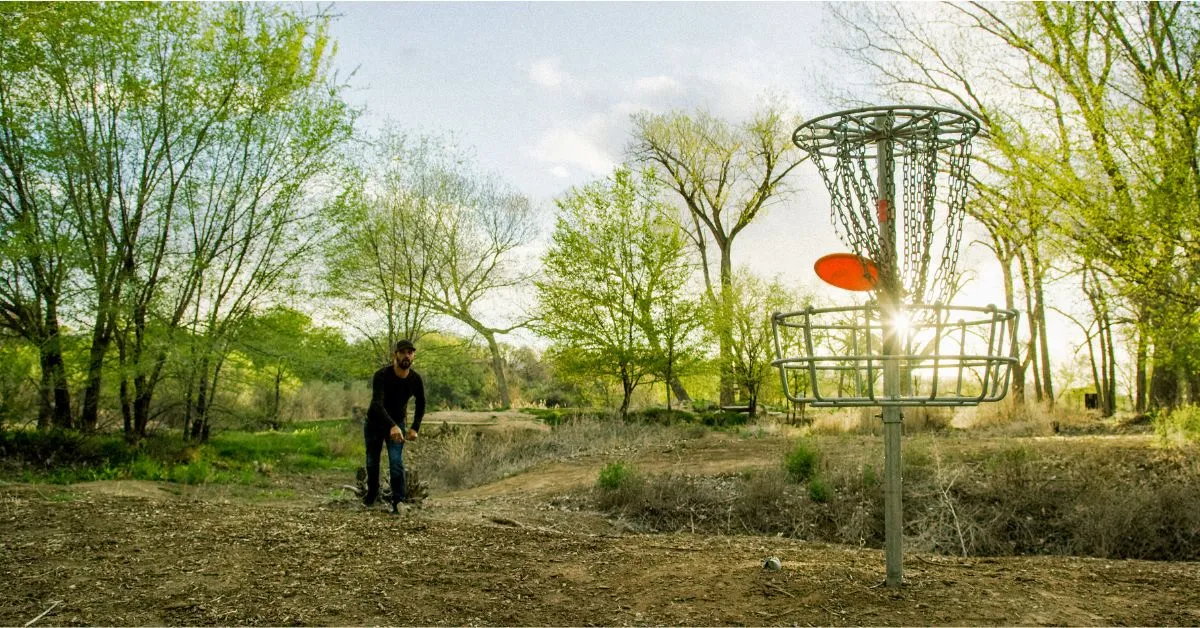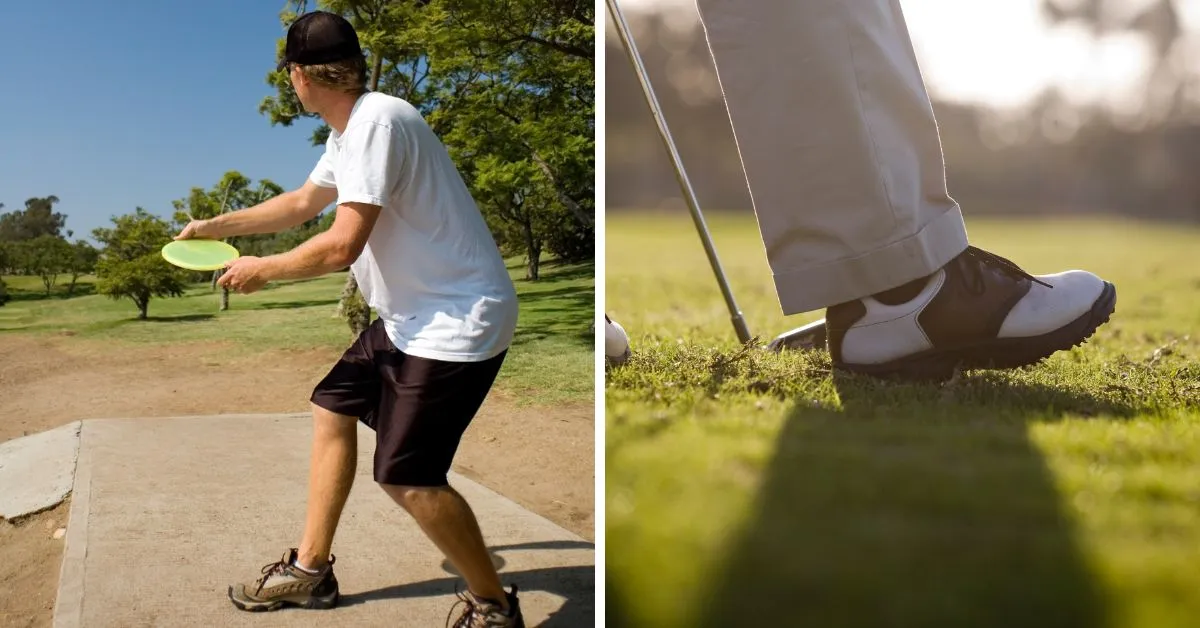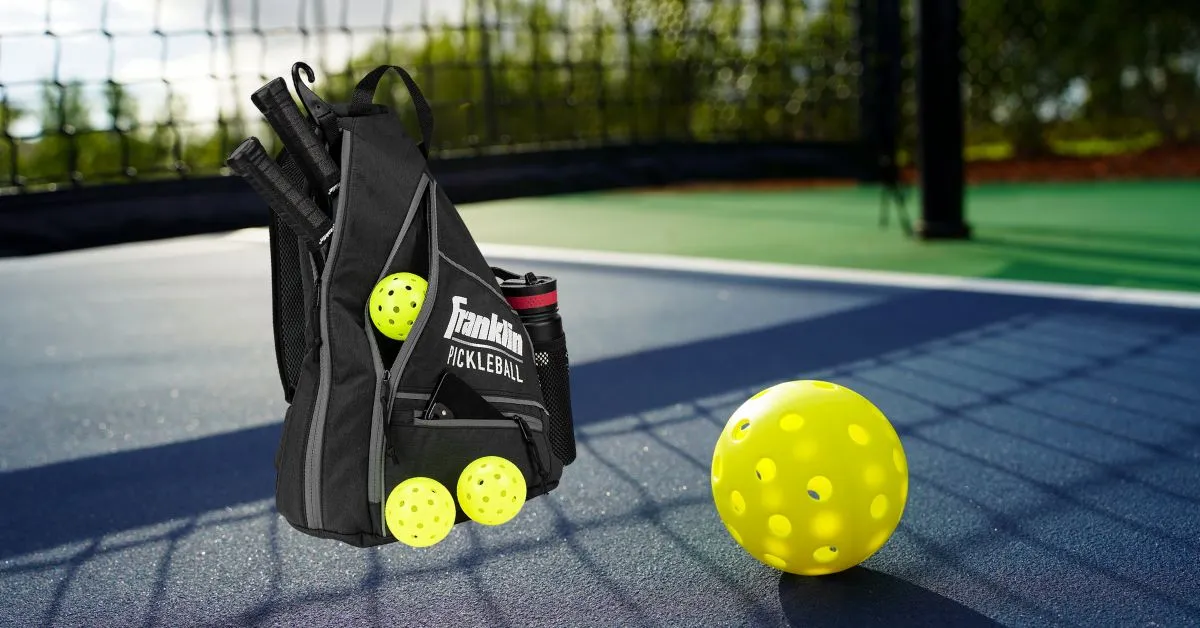Table of Contents
Key Takeaways:
- Expensive golf balls can offer advanced technology and materials that may improve game performance for certain players.
- The choice between premium and lower-priced golf balls should be based on individual playing style, swing speed, and skill level.
- While premium balls may enhance certain aspects of play, they are not a one-size-fits-all solution and may not benefit every golfer.
Golf is a game of finesse and precision, where every element of the equipment can have a significant impact on performance. Among the various pieces of gear, the golf ball is a critical component that can influence the outcome of every shot. This brings us to an important question: do expensive golf balls make a difference? In this comprehensive article, we will delve into the nuances of golf ball construction, performance, and the potential benefits and drawbacks of investing in more expensive golf balls.
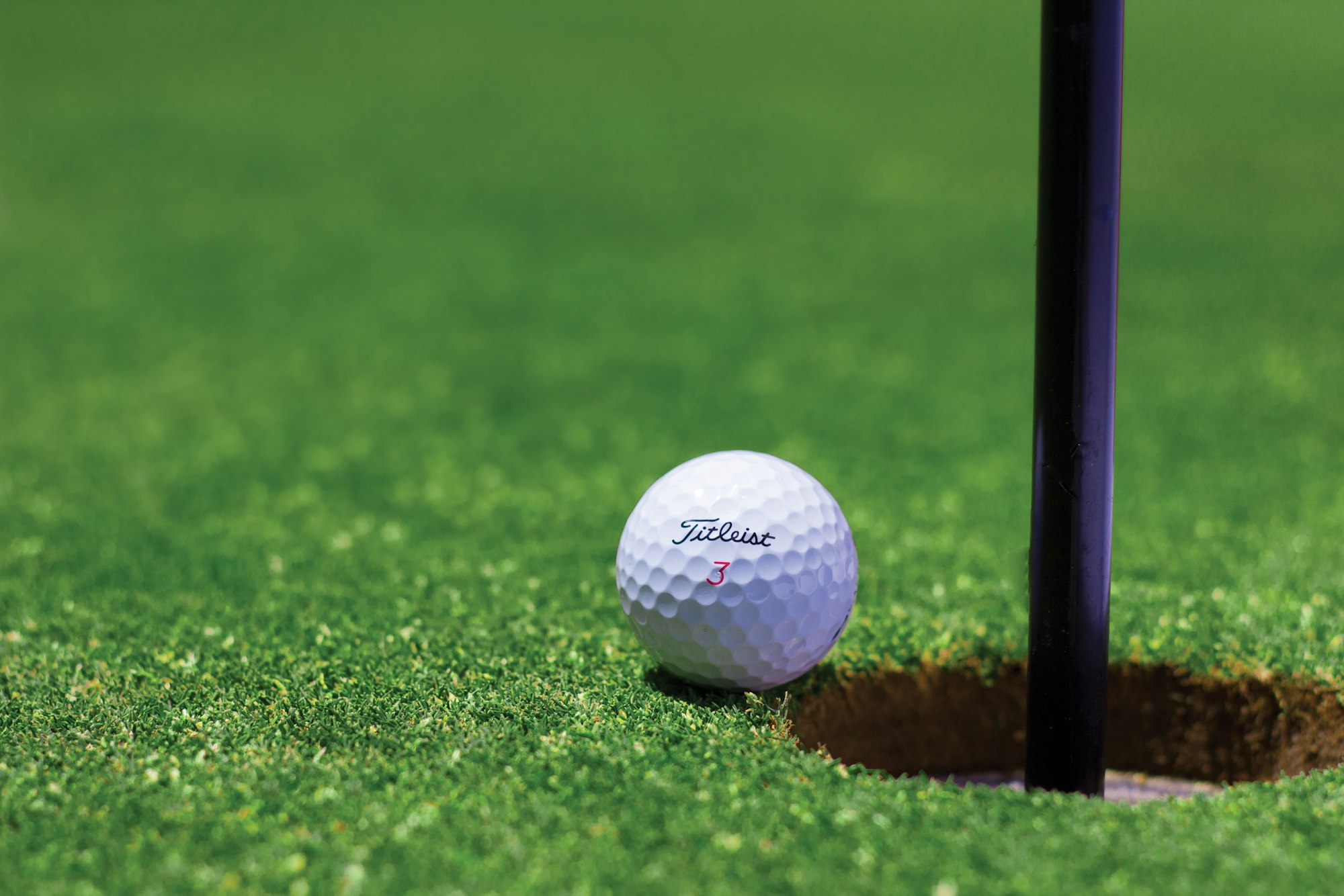
Understanding Golf Ball Construction
Golf ball manufacturers invest heavily in research and development to create balls that cater to different playing styles and abilities. The construction of a golf ball can range from a simple two-piece design to a complex multi-layered one. Premium balls tend to have multiple layers, including a urethane cover that is known for its soft feel and ability to generate spin. This contrasts with the surlyn covers of cheaper balls, which are more durable but offer less spin control.
The Role of Spin in Golf Ball Performance
Spin is a critical factor in golf as it affects ball flight, distance control, and greenside performance. Premium golf balls with urethane covers are designed to provide increased short game spin, which can be advantageous for wedge shots and achieving more control around the greens. On the other hand, lower priced golf balls may offer less spin, which could be beneficial for players struggling to keep the ball straight.
Distance and Ball Speed
For many golfers, distance is a key factor when choosing a golf ball. More expensive golf balls are often engineered to provide more ball speed, which can translate to more distance. However, this benefit is most pronounced for players with faster swing speeds. Average golfers with slower swing speeds may not see the same distance gains from these premium balls.
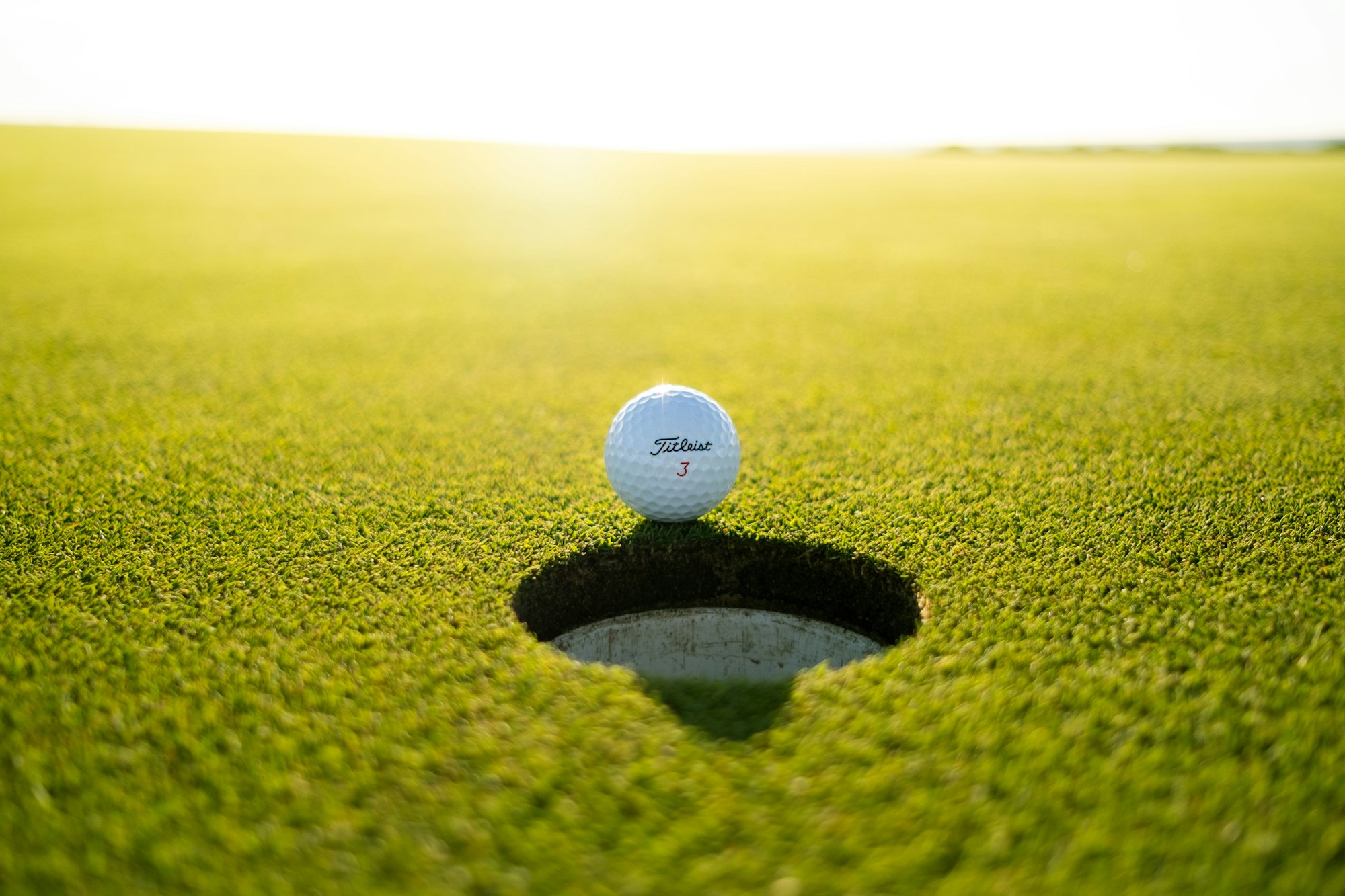
Feel and Control
The feel of a golf ball is subjective, but it plays an important role in a player's confidence and control over their shots. A softer ball, typically found in more expensive options like the Titleist Pro V1 or Callaway Chrome Soft, can offer a better feel, especially on short game shots. This soft feel can help golfers with touch and distance control on the greens.
Golf Ball Pricing Tiers
Golf balls are available in various pricing tiers, from value balls to mid priced balls and premium options. While Titleist golf balls and other premium brands are on the higher end of the spectrum, there are also mid tier balls that offer a balance of performance and cost. Cheaper golf balls, or value golf balls, are designed for durability and cost-effectiveness, appealing to high handicappers or those with a more casual approach to the game.
Impact of Cover Material on Golf Ball Performance
The cover material of a golf ball is a critical factor that influences its overall performance on the course. Premium golf balls, such as Titleist balls, often feature urethane covers that are soft and allow for more spin, especially around the greens, providing better short game control. This material is adept at offering consistent spin rates, which is crucial for players looking to shape their shots and control their ball flight with precision.
Conversely, mid priced balls and inexpensive balls typically utilize Surlyn or other firmer cover materials. These covers are more durable and result in a firmer ball that can withstand more rounds or a few holes without significant wear. However, the trade-off is that they generally produce less spin compared to their premium counterparts. For mid handicappers or casual golfers, these value balls strike a balance between cost and performance, offering a practical option without the premium price tag.
Golf Ball Selection Strategy for Different Skill Levels
Selecting the same ball for every round is a strategy that can lead to improved consistency in one's game. For skilled golfers, including those who play at a low handicap, a premium golf ball that offers more spin and better feel is often the preferred choice. The Pro V1, a popular choice among professionals and low handicappers, exemplifies a ball that delivers performance where it counts, particularly in the short game where control is paramount.
Mid tier balls cater to a broad spectrum of players, including mid handicappers who may not require the pinnacle of spin and feel but still desire a high level of performance. These players often benefit from a ball that offers a good compromise between distance, feel, and price. Cheap golf balls, while the least expensive option, may not provide the same level of performance or consistency, but they are an excellent choice for beginners or high handicappers who are still refining their skills and may lose balls more frequently.
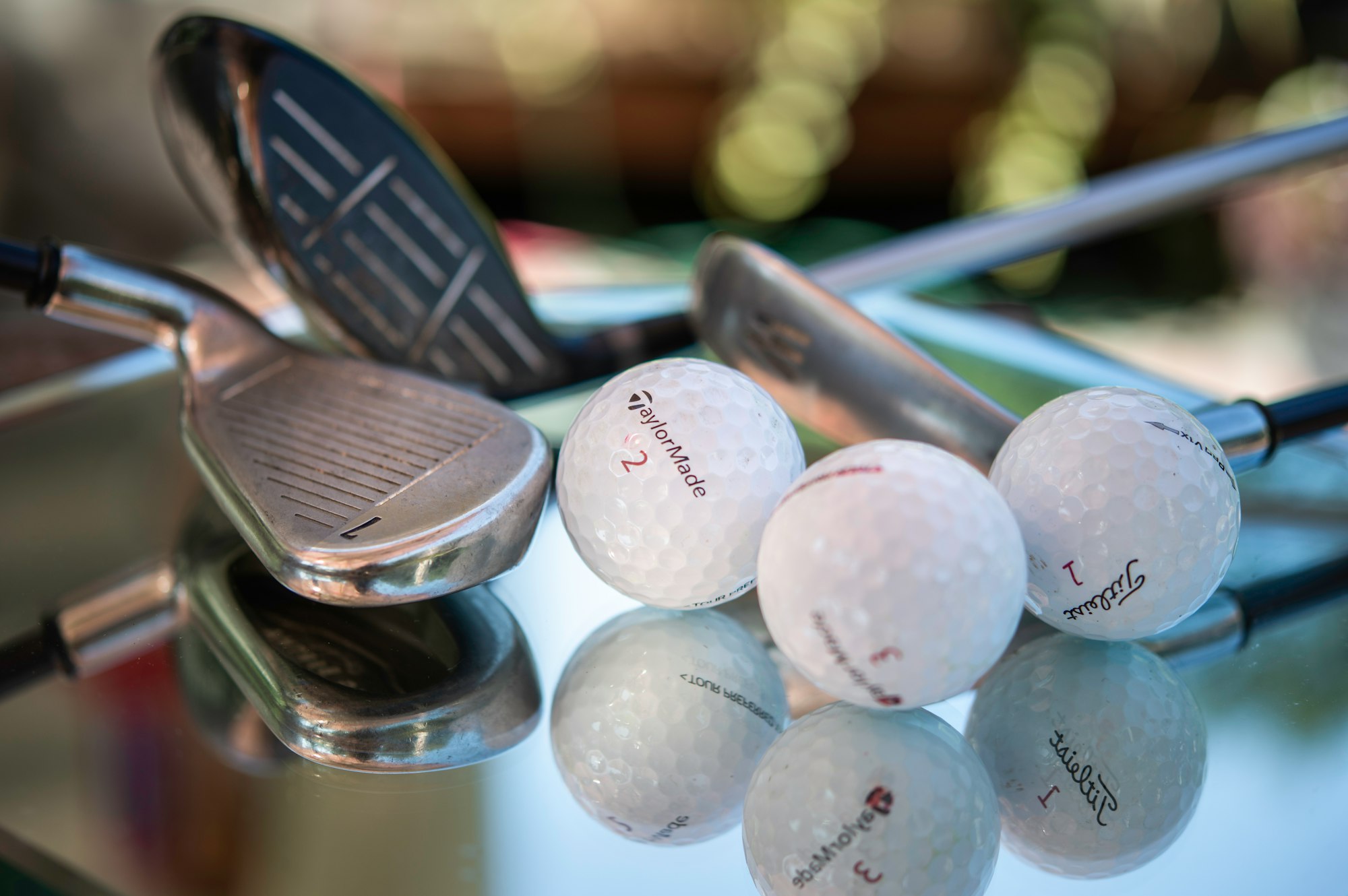
Swing Speed Considerations
The right golf ball for a player often depends on their swing speed. Professional golfers and low handicappers with fast swing speeds can benefit from the advanced technology in tour balls, which are typically more expensive. Conversely, average golfers with slower swing speeds might not experience the same performance benefits and could opt for mid priced or inexpensive golf balls.
The Myth of the "Wrong Golf Ball"
There is a common misconception that playing the wrong golf ball can drastically harm one's game. While it's true that certain golf balls are better suited for different players, the biggest difference is often seen in the short game. For the average golfer, the choice between a premium ball and a cheaper alternative may not result in a huge difference in their overall score.
Case Study: Comparing Two Balls
To illustrate the potential impact of using different golf balls, consider a case study where two golfers with different skill levels each play a round with a premium ball and a cheaper ball. The scratch golfer may notice improved greenside spin and better distance control with the premium ball, potentially saving a few strokes. The high handicapper, however, might not see a significant difference in performance, as their game may not yet be refined enough to take advantage of the premium ball's features.
Are Expensive Golf Balls Worth It?
Determining whether expensive golf balls are worth the investment depends on the individual golfer's skill level, playing style, and priorities. For those seeking every possible advantage and with a decent game to capitalize on the ball's features, premium balls may be worth the cost. For others, the benefits may not justify the expense.
Choosing the Right Golf Ball for Your Game
Selecting the right golf ball involves considering factors such as swing speed, desired ball flight, and spin preferences. Golfers should also take into account their skill level and the type of courses they typically play. Experimenting with different golf balls during practice rounds can help players make an informed decision.
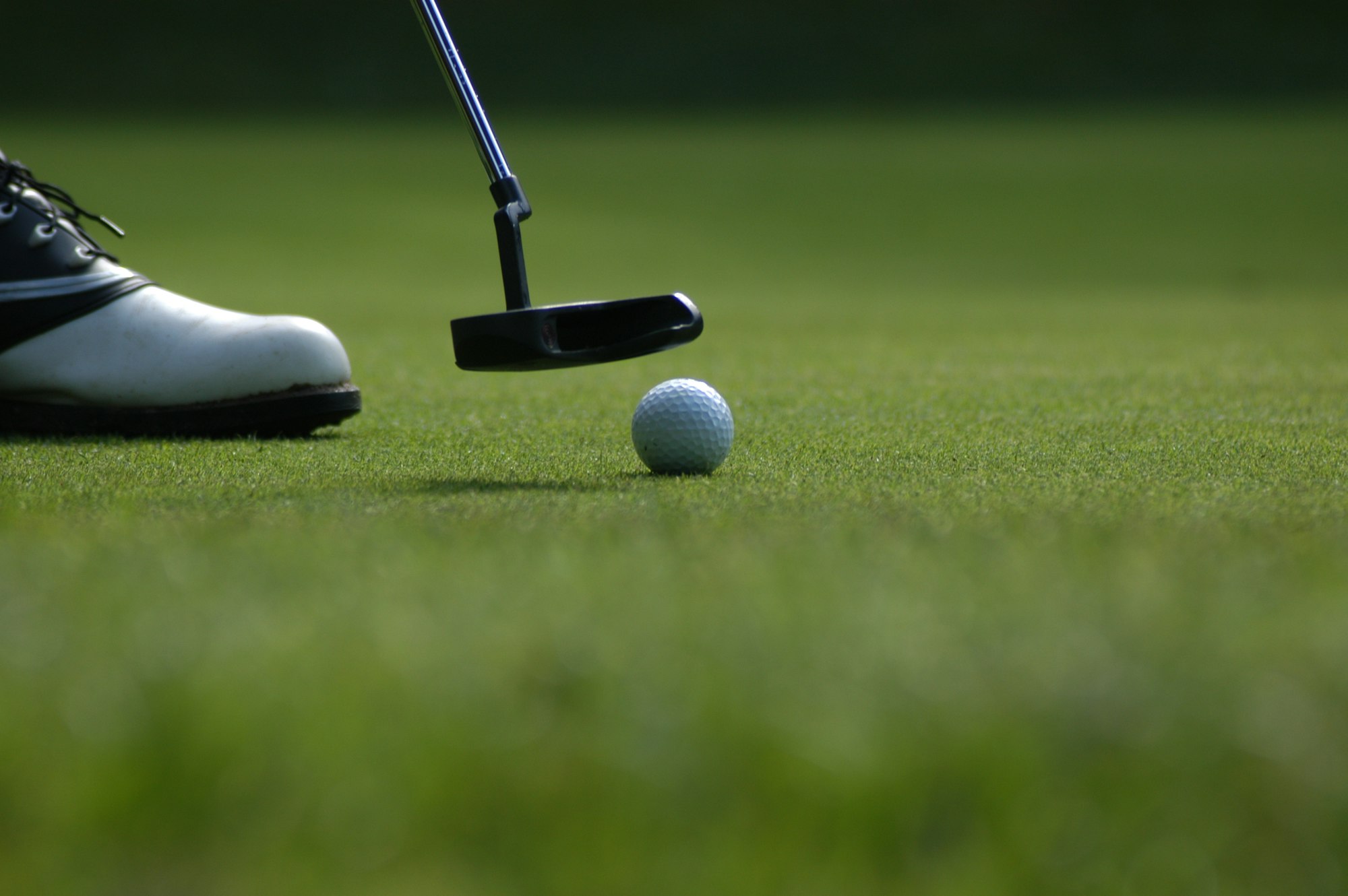
The Psychological Factor
It's important to acknowledge the psychological aspect of using premium golf balls. Some players may feel more confident and perform better when they know they are playing with a ball used by professional golfers. This confidence can sometimes translate into better play, regardless of the actual physical differences between two balls.
Summary
Expensive golf balls can offer technological advancements that may improve performance for certain golfers. However, the decision to invest in premium balls should be based on individual needs and playing characteristics. While they can provide benefits like better spin control and feel, they are not a universal solution for all players. Golfers should assess their own game and choose a ball that complements their skills and goals.
FAQ Section
Can using a more expensive golf ball improve my golf game?
A more expensive golf ball can offer benefits such as better spin control, feel, and potentially more distance. However, improvements to your game will depend on your skill level, swing speed, and ability to utilize the ball's features.
Should high handicappers use premium golf balls?
High handicappers may not need to use premium golf balls, as the performance benefits might not be as noticeable for their level of play. They may prefer to use mid priced or value golf balls that offer durability and cost-effectiveness.
How do I know which golf ball is right for me?
To find the right golf ball, consider your swing speed, skill level, and the specific aspects of your game you wish to improve. Testing different golf balls during practice can also provide valuable insights into which ball suits your game best.
Other Related Articles
